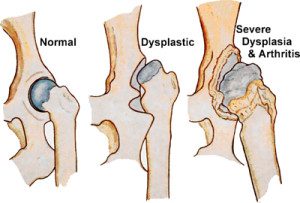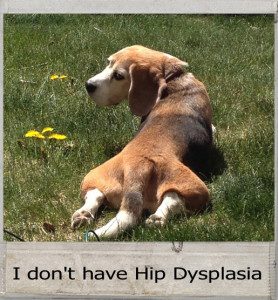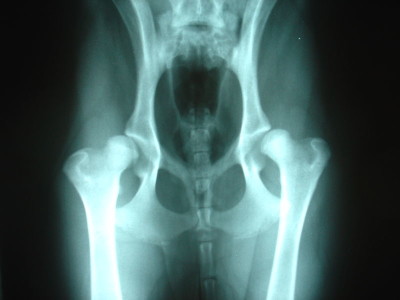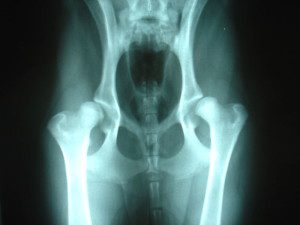Canine hip dysplasia is a malformation of the hip joint. The femoral head (thigh bone) isn’t sitting properly in the acetabulum (hip socket), which leads to excessive movement and wear and tear of the joint, eventually leading to premature degenerative changes of the hip joint (arthritis). Predominately found in larger breeds, such as German Shepherds, Rottweilers, Retrievers, Boxers, and St. Bernards, hip dysplasia can be seen in a variety of breeds at any age.
This degenerative condition may present with:
Stiffness
Hip and leg pain
Difficulty rising
Inability to jump into car
Lameness
Muscle atrophy
“Bunny hopping”
Secondary symptoms may include:
Sacroiliac joint pain and joint restriction
Neuralgia
Facet Syndrome
Spinal Subluxations
How Chiropractic can help
Dogs with hip dysplasia tend to shift their weight forward, which will overload the forelimbs, creating abnormal stresses to the joints of the forelimbs and even the neck. The abnorm al anatomy of this condition changes the way the dog moves, sits, stands and lies. This causes an adverse effect on the rest of the musculoskeletal system, including nervous system function. This is where chiropractic can be extremely beneficial, providing relief and restoring proper mobility.
al anatomy of this condition changes the way the dog moves, sits, stands and lies. This causes an adverse effect on the rest of the musculoskeletal system, including nervous system function. This is where chiropractic can be extremely beneficial, providing relief and restoring proper mobility.
It doesn’t stop there. In addition to chiropractic maintenance care, specific home care instructions will be given to the owner. This may include: proprioceptive and/or strengthening exercises, gentle stretching and massage.
If your veterinarian has diagnosed your dog with hip dysplasia, consider Chiropractic as a gentle alternative to help relieve some of the symptoms associated with hip dysplasia.
Dr. Kremer




Recent Comments